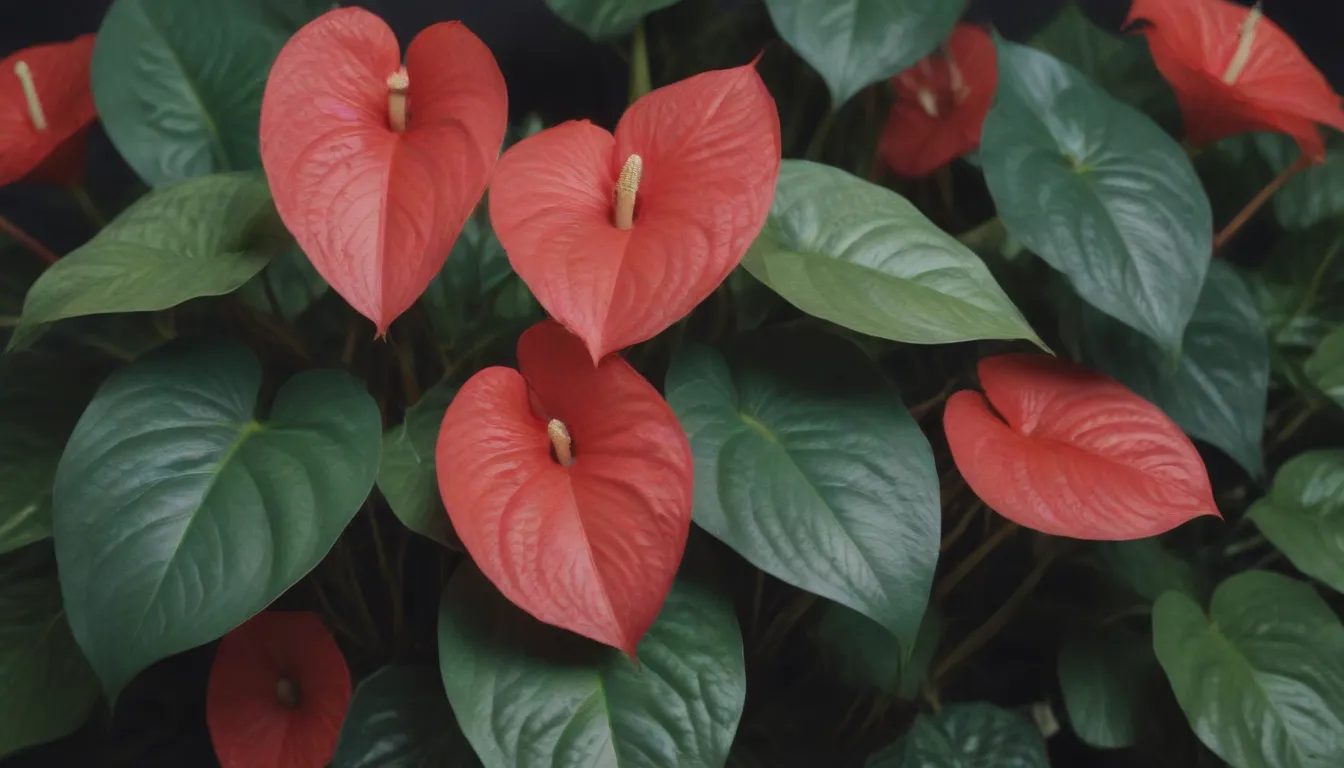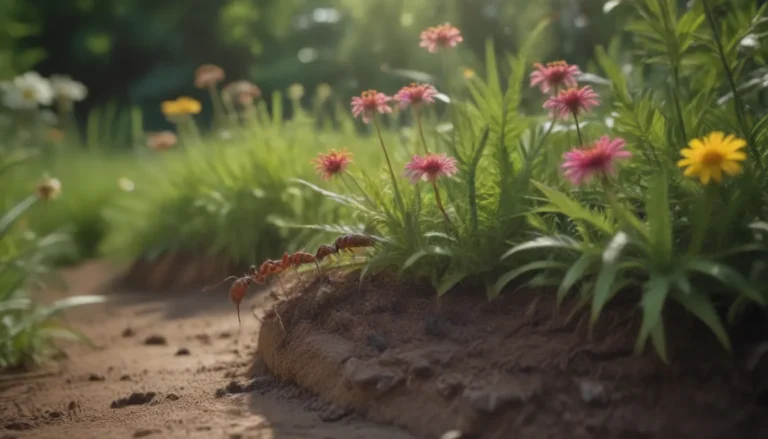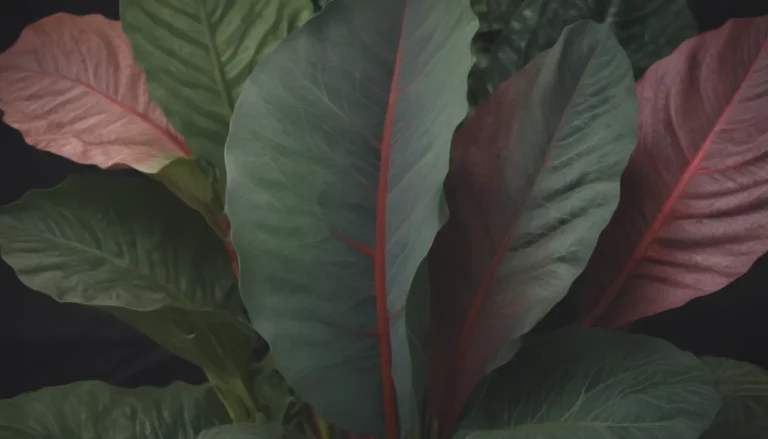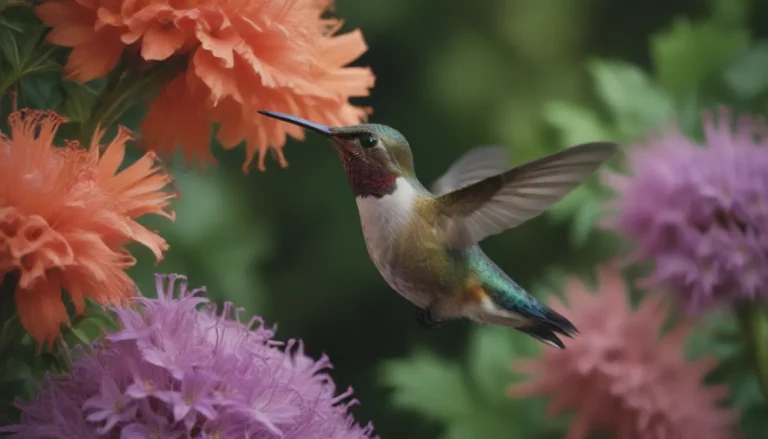A Comprehensive Guide to Growing and Caring for Anthurium Plants

Anthurium plants are beloved for their unique and vibrant flowers, making them a popular choice for both indoor and greenhouse settings. With around 1,000 species native to Central America, northern South America, and the Caribbean, these perennial plants require specific care to thrive. In this guide, we will explore everything you need to know about growing and caring for Anthuriums to ensure they flourish in your home.
Understanding Anthurium Care
Anthuriums have specific care requirements that must be met to ensure their optimal growth and blooming potential. From light and soil to watering and temperature, here are the key aspects to consider when caring for these beautiful plants:
Light
- Anthuriums prefer bright, indirect sunlight.
- Too much direct light can scorch the leaves, while inadequate light can lead to poor growth and fewer flowers.
- Aim to provide at least six hours of bright, indirect sunlight daily for your plant to thrive.
Soil
- Anthuriums grow similarly to orchids, requiring a coarse, well-draining potting mix.
- Consider using a combination of mosses, cocoa coir, or orchid and houseplant potting medium for optimal growth.
- Adding sand and peat moss to the mix can further improve drainage and aeration.
Water
- Keep the soil slightly moist at all times, but avoid allowing it to dry out completely.
- Water indoor plants once a week or when the top layer of soil feels dry to the touch.
- Outdoor plants may require more frequent watering, approximately every two to three days.
Temperature and Humidity
- Anthuriums thrive in high humidity and temperatures between 65°F and 85°F.
- Avoid exposing them to temperatures below 60°F, as it can damage the plants.
- To maintain humidity levels, consider using a pebble tray or running a humidifier during dry months.
Fertilizer
- Feed your Anthurium with a high-phosphorus liquid fertilizer diluted to 1/4 strength.
- Fertilize weekly during the growing season to promote flowering and healthy growth.
Types of Anthurium
Anthurium plants come in various species, each with its unique characteristics and appearance. Some common types of Anthurium include:
– A. andreanum
– A. scherzerianum
– A. crystallinum
– A. faustomirandae
Pruning Anthurium Plants
Pruning is essential to maintain the health and appearance of your Anthurium plant. Here are some tips for proper pruning:
– Remove fading leaves and flowers by pinching them off at the base.
– Shape your plant by trimming extra tall stems and those growing at odd angles.
– Avoid over-pruning and always leave at least three to four leaves on the plant.
Propagating Anthurium
Anthuriums can be propagated through side shoots or stem cuttings, with side shoots being the preferred method. Here’s how to propagate Anthuriums using side shoots:
– Prepare a clean pot with fresh, well-draining soil.
– Carefully remove the side shoot from the main plant and plant it in the new pot.
– Keep the soil moist and provide optimal growing conditions for the new plant to thrive.
Potting and Repotting Anthurium
Repotting is necessary every two years to provide ample space for your Anthurium to grow. Here’s how to repot your plant:
– Choose a pot that is no more than 2 inches larger than the current one.
– Use a well-draining potting mix and ensure the pot has multiple drainage holes.
– Carefully transfer the plant to the new pot and adjust the soil level as needed.
Overwintering Anthurium Plants
Anthurium plants cannot survive outside in non-tropical zones during winter. To overwinter your plant successfully:
– Bring it indoors when temperatures drop below 60°F.
– Place the plant near a sunny window with high humidity and temperatures around 75°F.
– Consider placing the plant in a bathroom environment to provide optimal growing conditions.
Common Pests and Diseases
Anthurium plants are susceptible to common pests such as mealybugs, spider mites, whiteflies, scale, and aphids. To manage pest infestations:
– Use natural methods like blasts of water to dislodge pests.
– Consider horticultural soap or oil sprays for stubborn insects.
– Monitor your plant regularly and address any pest issues promptly.
Encouraging Anthurium to Bloom
Anthurium plants are known for their stunning flowers, and with the right care, they can bloom year-round. Here are some tips to encourage blooming:
– Provide plenty of humidity and weekly fertilization with a high-phosphorus fertilizer.
– Adjust light exposure and repotting if the plant refuses to bloom.
– Deadhead flowers by removing entire flower spikes when they start to turn brown.
Addressing Common Problems
Anthurium plants have specific needs, but once you establish a good care routine, they are relatively easy to maintain. Here are some common issues you may encounter and how to address them:
– Yellowing leaves may indicate excessive sunlight or bacterial wilt.
– Floppy leaves can be caused by overwatering and poor growing conditions.
– Finding the right balance of light, temperature, and humidity is key to ensuring your Anthurium thrives.
In conclusion, Anthurium plants are a beautiful addition to any home or greenhouse setting. By understanding their care requirements and providing optimal growing conditions, you can enjoy their vibrant flowers and lush foliage year-round. Remember to monitor your plant regularly, address any issues promptly, and enjoy the beauty of your Anthurium as it thrives under your care.
Sources:
– North Carolina Cooperative Extension, ASPCA, Missouri Botanical Garden, University of Hawai‘i at Manoa, University of Florida Extension.





